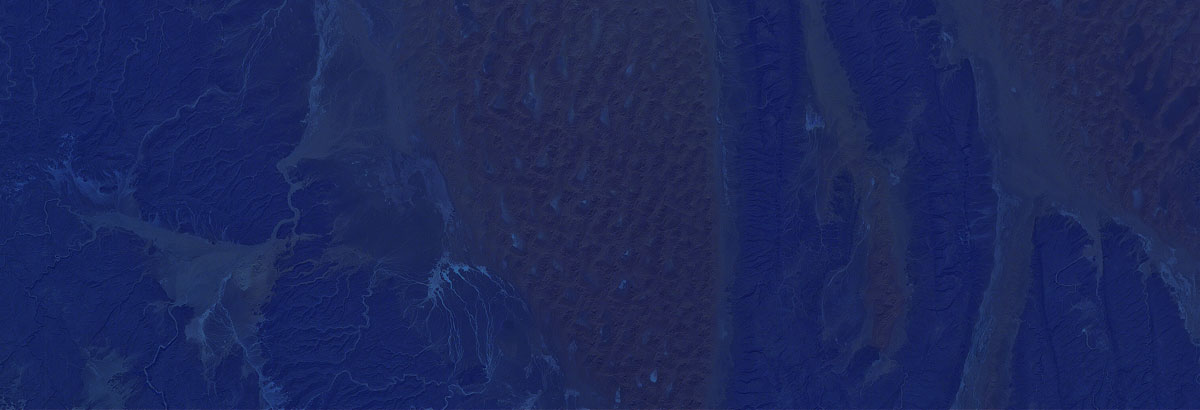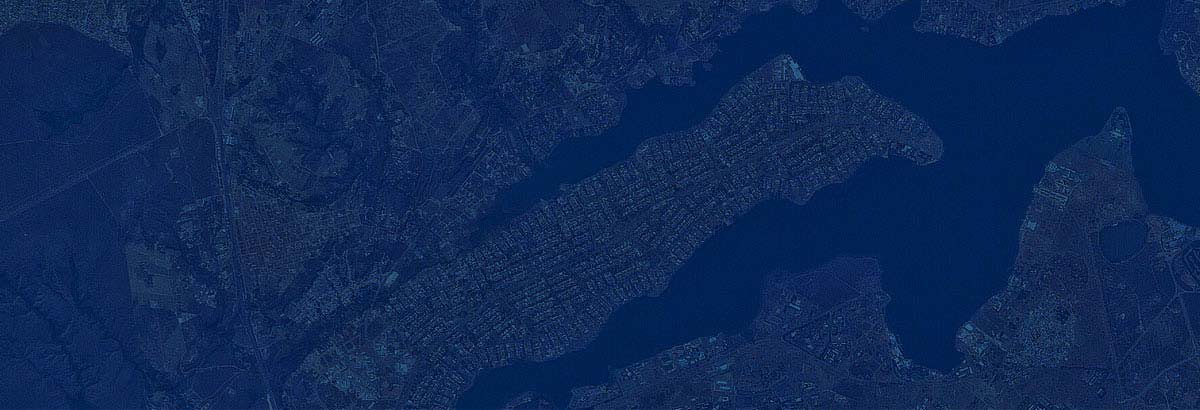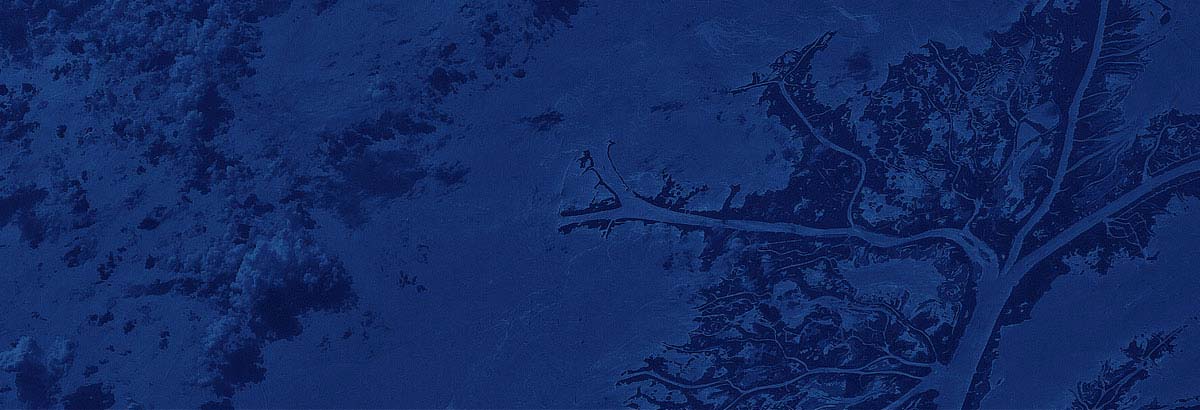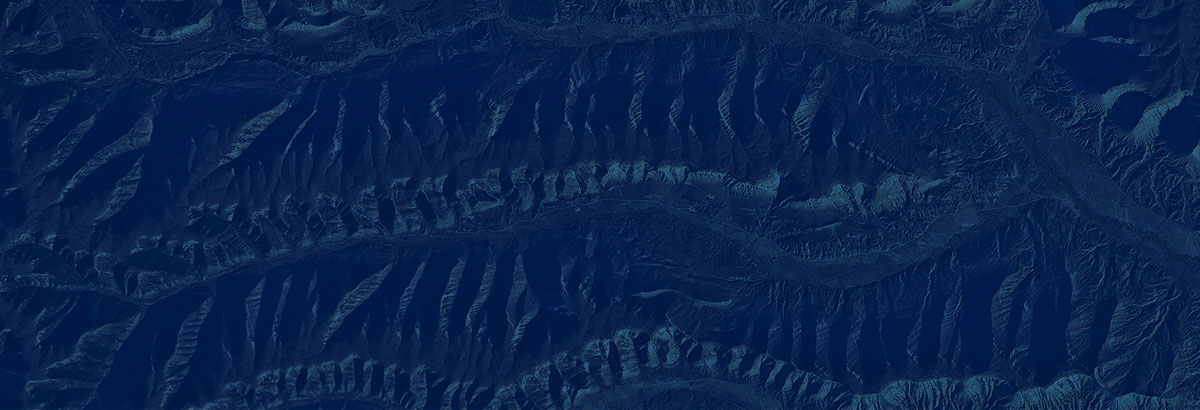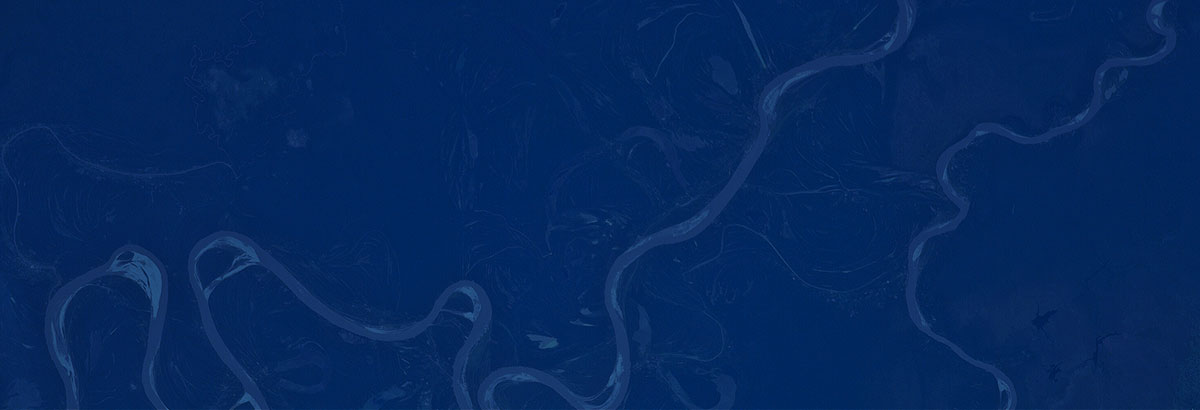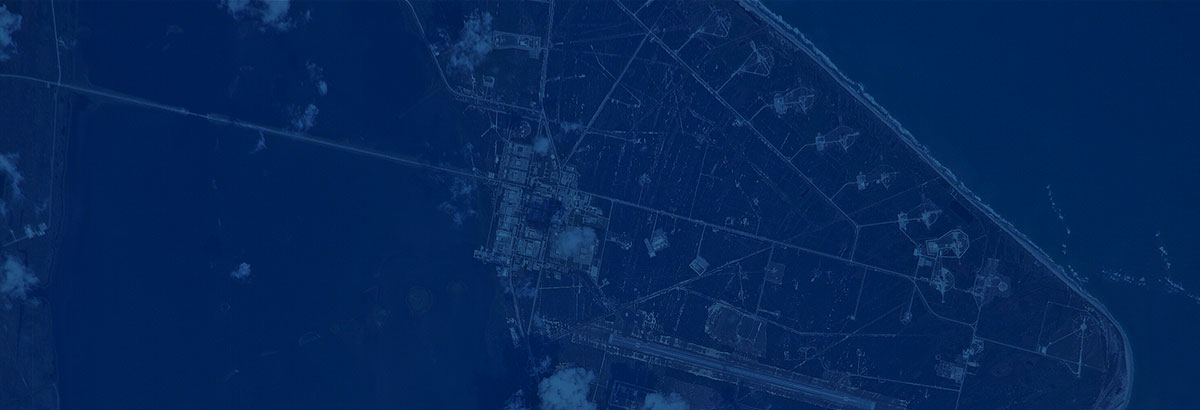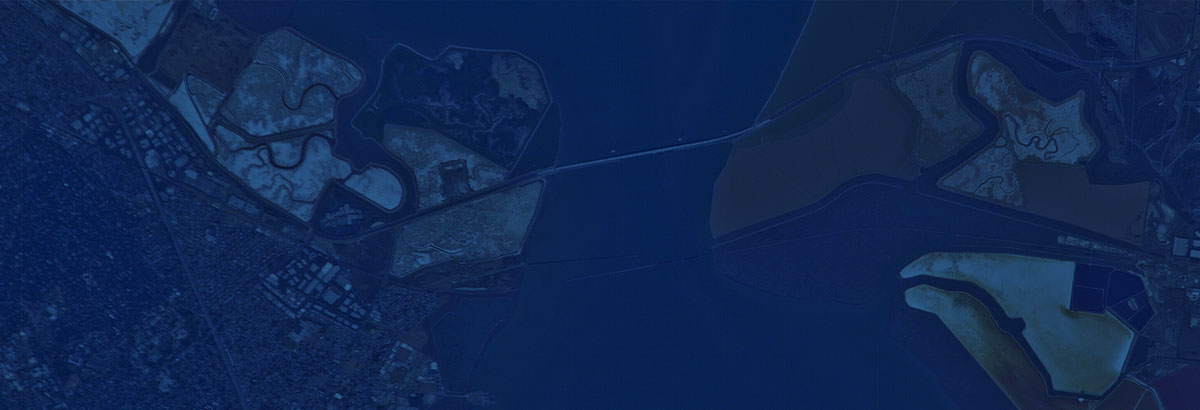A Stark Reminder: The Chelyabinsk Anniversary and Asteroid 2024 YR4
February 11, 2025
Twelve years ago, on February 15, 2013, the world received an undeniable wake-up call about the dangers posed by near-Earth asteroids. Without warning, a 18-meter asteroid streaked across the sky before exploding over the Russian city of Chelyabinsk. The resulting shockwave damaged over 7,200 buildings across six cities and sent 1,500 people to hospitals with injuries—most from shattered glass caused by the blast. As the most well-documented asteroid impact in history, the Chelyabinsk event underscored the urgent need for improved asteroid detection and tracking.
Fast forward to today, and another asteroid is making headlines. Discovered in late 2024, asteroid 2024 YR4 currently holds a 2.1% chance of impacting Earth in 2032, placing it at the top of the European Space Agency’s (ESA) and NASA’s NEO Risk List. While this may sound alarming, the gradual increase in its calculated impact probability is not unusual for newly discovered objects with limited observations. A similar scenario occurred in 2004 with asteroid Apophis, which at one point was given a 2.7% chance of impact in 2029. As astronomers gathered more observations, they refined its orbit and ruled out an impact—something we hope to achieve soon with YR4.
At Asteroid Institute, we are actively working to improve our understanding of YR4. Using our Asteroid Discovery Analysis and Mapping (ADAM) platform, we are employing our Precovery tool to identify past observations of YR4 that may have been overlooked. This will allow us to contribute to the effort to refine its orbital path and narrow down possible impact scenarios.
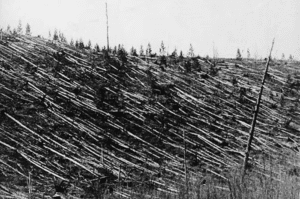
1908 Tunguska impact site, the largest in recorded history (830 sq mi). Credit: Leonid Kulik
Currently, 2024 YR4 is estimated to be 40 to 90 meters in diameter— somewhere between 8 to 100 times the energy of the Chelyabinsk asteroid and likely about the size of another historic impact: the Tunguska event of 1908. While Chelyabinsk caused widespread damage and injuries, a Tunguska-scale event would have been enormously more catastrophic if it had occurred over a populated area. That explosion flattened 830 square miles of Siberian forest, making it the largest impact event in recent history. The fact that an asteroid of similar size is now on our watchlist underscores why detection and tracking these objects is so critical.
While there is still a 97% chance that YR4 will safely pass Earth, its discovery serves as a timely reminder of why impact monitoring matters—especially as we mark the anniversary of Chelyabinsk. Thanks to the generous support of our donors, the tools we’ve developed at Asteroid Institute are helping scientists analyze potential threats and ensure a safer future for our planet.
Want to be part of this effort? Click here to make a secure donation.









